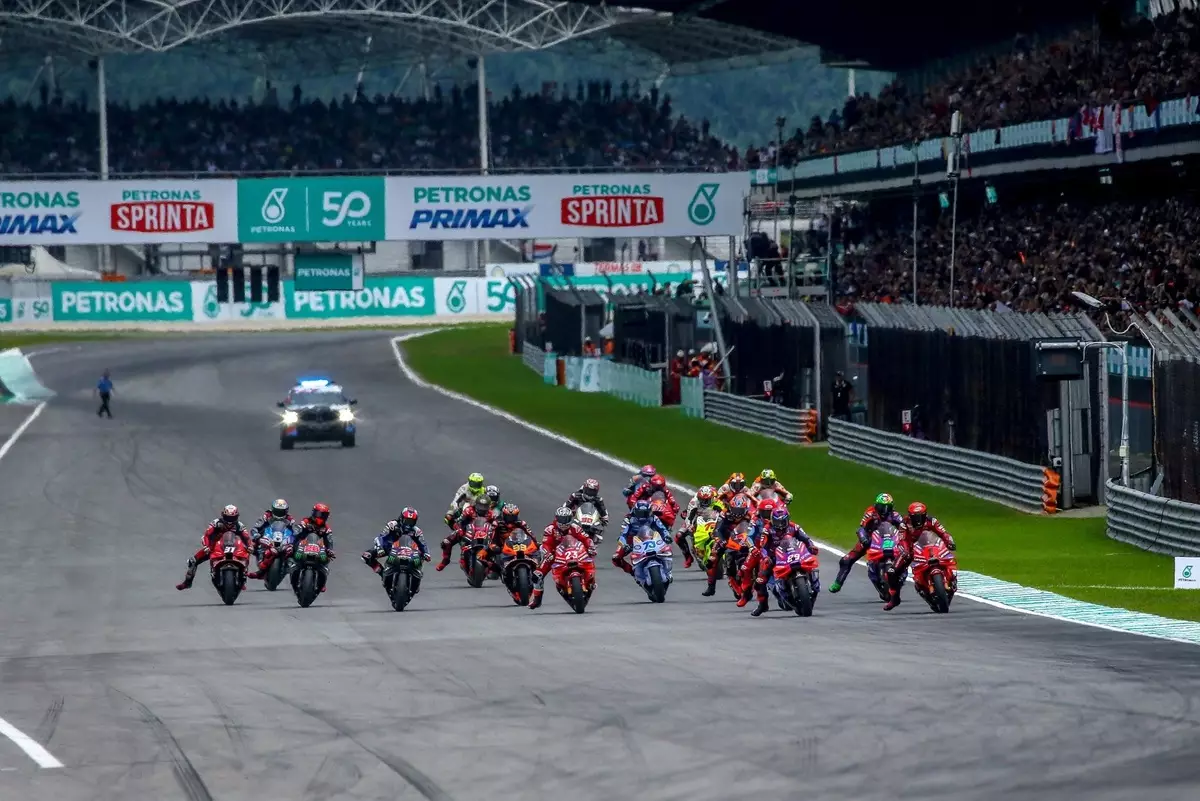As MotoGP ventures deeper into the 2023 season, the introduction of sprint races has undeniably altered the landscape of this highly competitive motorsport. While the decision has largely been framed as a progressive enhancement of the racing format, it has sparked intense discussion among teams, riders, and analysts. This article will explore the implications of sprint races, the challenges they pose to the traditional weekend structure, and the potential for a revised qualification format that could restore balance to the competition.
Before 2023, MotoGP had cultivated a consistent and predictable weekend structure that many participants cherished. The addition of sprint races has introduced a new layer of intensity, appealing to a segment of fans eager for more action. However, the consensus is mixed; while some laud the excitement, others express concerns about the toll this format takes on the participants. Former KTM team manager Francesco Guidotti has notably criticized the current system, arguing that it brings undue stress to teams and riders alike. His concerns reflect a larger issue—the basic mechanics of the race weekend are under fire.
The introduction of sprint races has compressed timelines and heightened the stakes for teams trying to manage their resources and strategize effectively. Riders face a densely packed schedule that offers little respite. The pressure to perform in both qualifying and sprint races has made Saturday particularly grueling. As Guidotti stated, the intensity of qualifying followed rapidly by a sprint race is exhausting and can lead to less-than-ideal performances.
One striking consequence of the new format is the diminished importance of qualifying. In Guidotti’s analysis, qualifying now serves as a mere prelude to the sprint, losing its significance in defining race positions for the main event. Historically, qualifying ensured that every rider had a shot at securing their place for the week. However, Guidotti insists that with the shift in focus towards the sprint race, riders outside the top positions can easily disengage from qualifying motivation, feeling that their performance may not substantially impact their race outcome.
“The current qualifying format is taking a backseat,” he noted. Though it is more critical than ever due to tougher overtaking conditions, media attention has shifted largely to the sprints. This shift has created an imbalanced focus, leading to the perception that qualifying is a “big risk for almost nothing.” This situation is particularly concerning as it not only affects the riders’ mental approach but may also influence future talent and team strategies.
Guidotti’s recommendations for restructuring the qualifying format propose a combined session model that incorporates both the Friday afternoon and Saturday morning practices. This approach targets efficiency, as it could alleviate stress while enhancing the importance of qualifying. By linking the outcome of the sprint race to the starting lineup for the main event, riders would then have a clear incentive to push for higher positions during the sprints, bringing back the urgency and excitement to qualifying sessions.
Additionally, creating synergies between the two events could potentially reduce the number of risky maneuvers within the sprint race, as riders would have more to lose. The idea is that if the outcomes from the sprig race truly impacted their main race grid, every competitor would need to weigh their decisions more carefully, leading to more strategic racing overall.
As MotoGP navigates this uncharted territory, existing structures and traditions must be weighed against the evolving needs of the sport. The introduction of sprint races has undeniably energized fans and added excitement to race weekends. However, as Guidotti aptly notes, adjustments are necessary to restore the significance of qualifying and create a more holistic and balanced approach to racing.
In a competitive landscape where every second counts, finding the right equilibrium between sprints, qualifying, and main races will be paramount for the future of MotoGP. It’s clear that the introduction of new formats can invigorate interest, but only if they enhance—not overshadow—the core essence of motorcycle racing. As changes continue to roll out, engaging in thoughtful dialogue and analysis will be key to preserving the integrity and thrill of the sport.


Leave a Reply